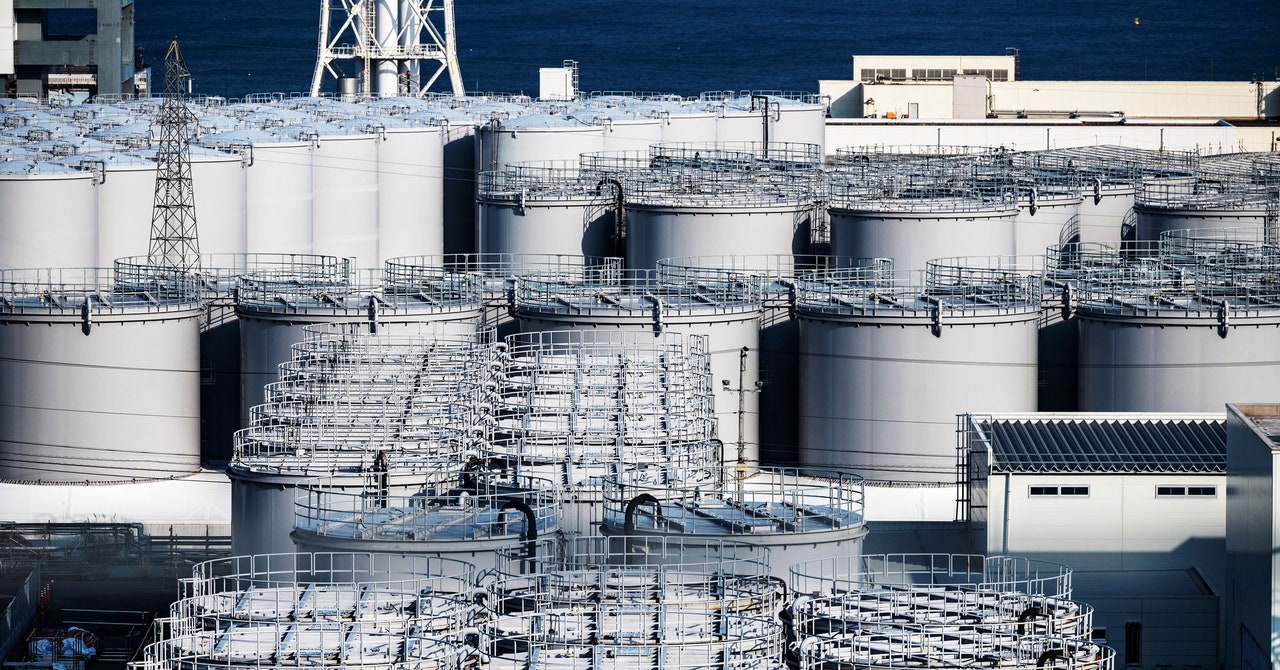
For a final point of comparison, Smith calculates that cosmic rays interacting with the Earth’s atmosphere over the Pacific Ocean annually cause the natural deposition of 2,000 times more tritium than will be introduced by the gradual Fukushima release.
Tatsujiro Suzuki at Nagasaki University remembers watching in horror as the disaster unfolded back in 2011. “We all thought that this kind of thing would never happen in Japan,” he says. At the time, he was working for the government. He recalls the confusion over what was happening to the reactors in the days following the tsunami. Everyone was gripped by fear.
“Once you experience that kind of accident, you don’t want to see another one,” he says. The long shadow cast by the disaster means that, for the water release plan, the stakes—at least in terms of public trust—could not be higher.
Suzuki argues that it’s not quite fair to compare the Fukushima water to fluids discharged from other nuclear facilities elsewhere in the world because of the challenge of cleaning up the many different radionuclides here. “This is an unprecedented event, we have not done this before,” he says, adding that he thinks the procedure is “probably safe” but that there is still room for human error or an accident, such as another tsunami, that could cause an uncontrolled release of the water into the sea.
Tepco and the International Atomic Energy Agency have considered such possibilities and still judge the risk to human and marine life to be extremely low. Sameh Melhem, now at the World Nuclear Association, formerly worked for the Atomic Energy Agency and was involved in some of the research to evaluate the discharge plan. “I think it’s very safe for the operators themselves and also for the public,” he says, adding: “The radionuclide concentrations coming from this release, it’s negligible.”
Last November, Casacuberta Arola and her colleagues collected samples of seawater off the coast of Fukushima, and they have recently begun to analyze them. The scientists measure the levels of various radionuclides that might be present. For tritium, that means removing all helium from the sample and waiting to see how much new helium emerges from the water as a product of radioactivity. This makes it possible to extrapolate the amount of tritium that must be present, explains Casacuberta Arola. She and her team have records of radionuclide measurements like this from the sea off Fukushima going back years.
“We already know that the values that we see now close to Fukushima are close to the background values,” she says. If that changes, they should find out fairly quickly. As will the International Atomic Energy Agency and other observers, who, separately, intend to sample water and wildlife in the area in the coming years to keep an eye on things.
Smith says that despite overwhelming evidence that the water release will be entirely safe and heavily scrutinized at every turn, it is not surprising that some people are skeptical of the plan. They have a right to be, he adds, given the troubled history of the plant.
At the same time, the threat posed by the release—even in a worst-case scenario where everything goes wrong—is miniscule compared to some of the other environmental risks in the region, such as the effects of the climate crisis on the Pacific Ocean, Smith says.
Casacuberta Arola agrees. Negative coverage of the discharge plan has been used to “brainwash” people, she argues, and to instill fear against the nuclear energy industry. “To me,” she adds, “it’s been very much exaggerated.”

